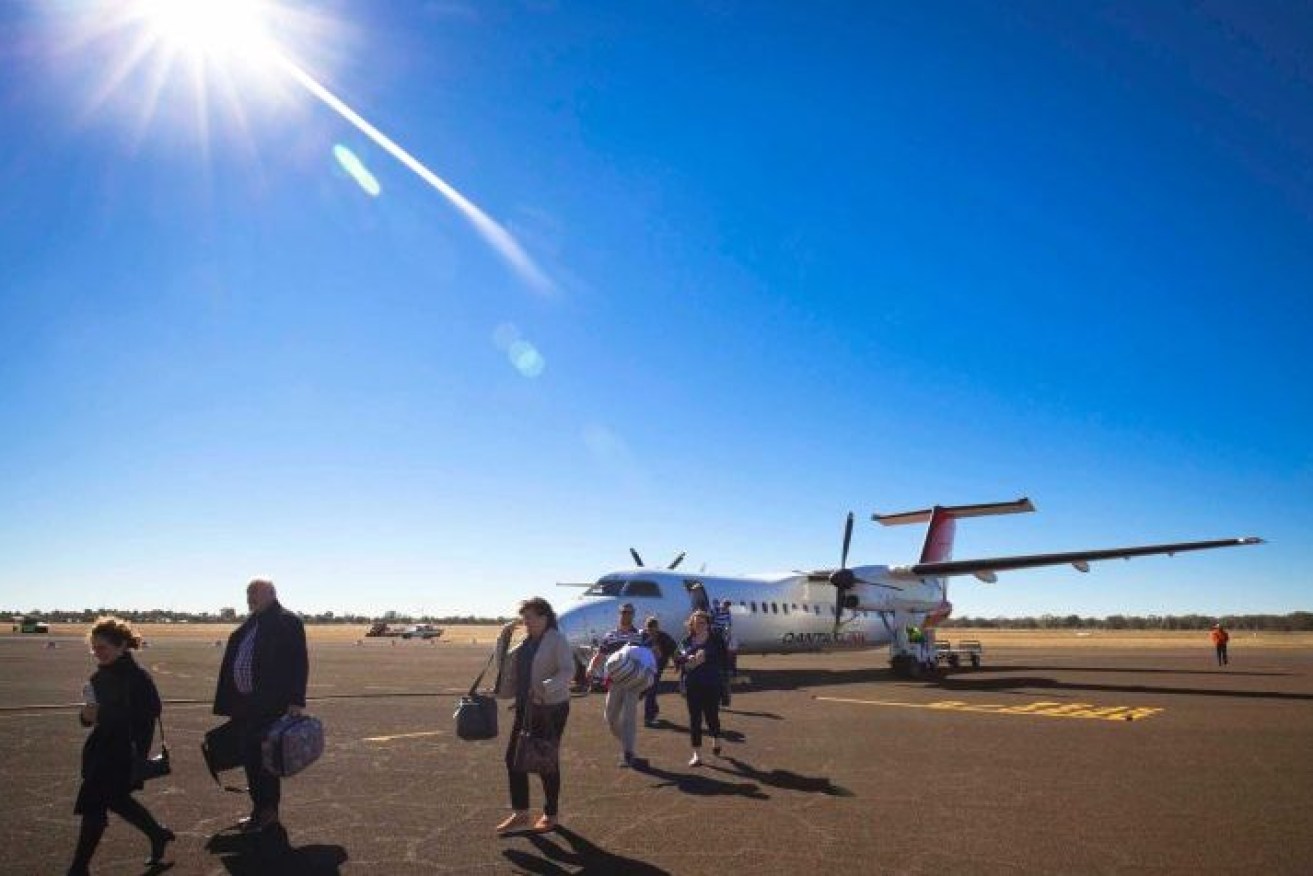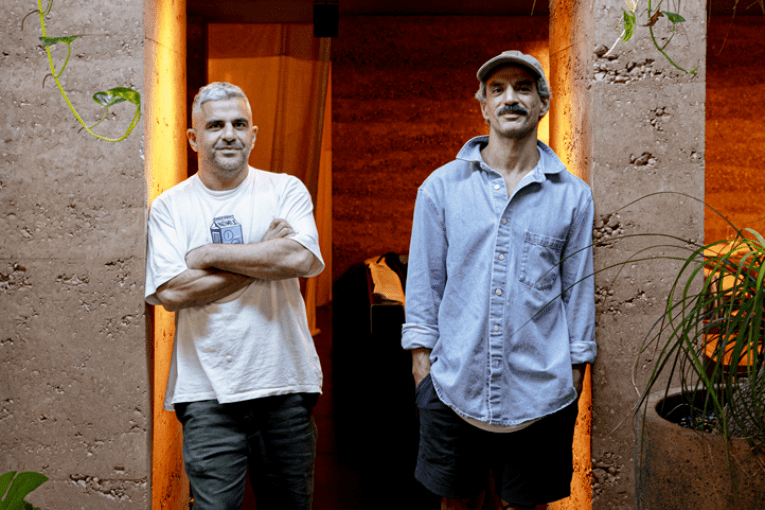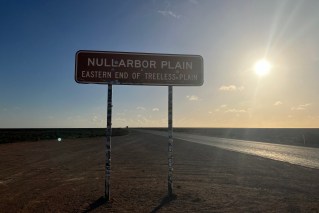Plan to have 11 million Aussies living in regions by turn of the decade
Bring the country closer to the city and the city closer to the country.

More than 11 million people are tipped to be living in Australian regional centres by 2030 (Photo: ABC News: Mary Lloyd)
That’s the bold vision for the future of regional Australia, where it’s hoped 11 million people will be living by the end of the decade, compared to the 9.5 million today.
The Regional Australia Institute on Tuesday revealed its 2032 ambitions to drive population growth in the regions, a move it estimated would add $13.8 billion to the national economy.
The think tank said balancing the nation’s population would avoid the creation of megacities, making both metropolitan and regional areas more prosperous and liveable.
“It’s not just good for regions, it’s good for the nation,” the institute’s chief executive Liz Ritchie told AAP.
“We want to unite the nation, to improve the country as a whole and rethink opportunities we have in the post-pandemic world.”
The institute’s paper, Regionalisation Ambition 2032 – a Framework to Rebalance the Nation, is built on 11 years of research, and identifies housing, jobs, healthcare, education, and climate resilience among the top priorities for growth.
It sets targets including increasing high school attainment to above 75 per cent, boosting rental vacancy to more than three per cent, halving those classified as living in childcare “deserts”, creating net-zero economy jobs and building climate resilience.
Ritchie said turning around deeply structural barriers to a regional boom would require clear focus and collaboration.
The Institute is hosting a summit in Canberra this week with leaders across innovation, energy, education and health, including Australia’s Chief Scientist Cathy Foley, National Farmers’ Federation president Fiona Simson and economist Craig Emerson.
“There’s an absence of long-term thinking when it comes to regional Australia,” Ritchie said.
“We need to bring together government, industry, communities, not-for-profits, ensuring that we are shoulder-to-shoulder.
“For too long we’ve sat back and been siloed.”
Regions like Mount Gambier, South Australia, and the Gold Coast may set an example, having consistently been identified as top locations for people leaving the capital cities.
The Gold Coast region is attractive for open spaces and more affordable housing choices, while Mount Gambier sits between Melbourne and Adelaide, with a diverse economy of agriculture, manufacturing and hospitality.
“One in five city dwellers want to leave the city. These are big numbers and it shows Australians have a great affinity with the regions,” Ritchie said.
“So we need to rebalance the nation.
“In achieving that rebalance, we have to get a few of things right first, like lifting our education outcomes and providing better health services.
“It all comes back to ensuring there is a collaborative effort, a collaborative voice.”












